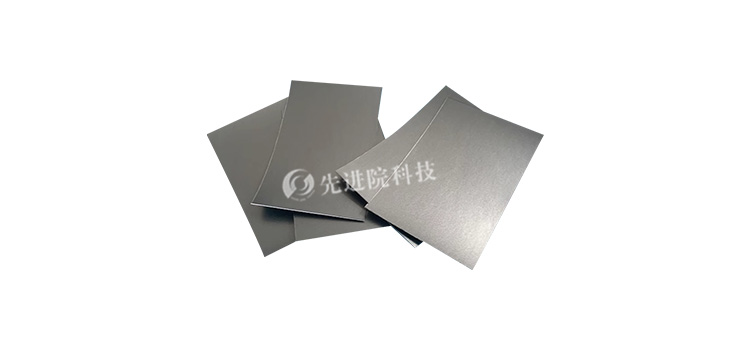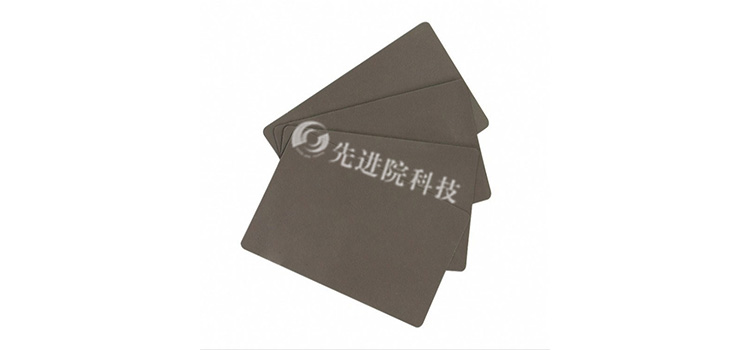

Hotline:0755-22277778
Tel:0755-22277778
Mobile:13826586185(Mr.Duan)
Fax:0755-22277776
E-mail:duanlian@xianjinyuan.cn
In today's increasingly complex electronic devices, electromagnetic compatibility (EMC) has become an important factor that cannot be ignored in product design and testing. Low permeability absorbing materials play an important role in electromagnetic compatibility as they can effectively absorb electromagnetic waves and reduce reflection. This article will provide a detailed introduction on how to evaluate the electromagnetic compatibility of low permeability absorbing materials, and present the findings of Advanced Institute (Shenzhen) Technology Co., LtdResearch Platinum brand low magnetic permeability absorbing materialProvide an example for illustration.
Electromagnetic compatibility refers to the ability of equipment or systems to operate normally according to design requirements in a specified electromagnetic environment, without causing unacceptable electromagnetic interference to other equipment or systems. This includes two aspects: first, the device can resist external electromagnetic interference, and second, the electromagnetic interference generated by the device itself cannot exceed the specified limit.
Low permeability absorbing materialHaving a lower magnetic permeability means that when electromagnetic waves pass through the material, it is not easy to form electromagnetic induction in the material. This characteristic enables the material to effectively absorb electromagnetic wave energy, reducing its reflection and transmission. The low permeability absorbing material of Yanbo brand adopts a special microstructure, such as the dispersion of conductive particles and the multi-layer stacking of absorbing layers, to increase the material's ability to absorb electromagnetic waves.
Electromagnetic parameter measurement
Electromagnetic parameters are the basis for evaluating the performance of absorbing materials, mainly including dielectric constant and magnetic permeability. By measuring these two parameters, the performance of the absorbing material can be preliminarily judged. The research platinum brand low permeability absorbing material has excellent performance in these two parameters and can provide stable electromagnetic response.
Absorption performance test
Absorption performance is the core performance indicator of absorbing materials, usually expressed in terms of reflection loss or absorption rate. Reflection loss refers to the energy loss of electromagnetic waves when reflected on the surface of a material, while absorption rate refers to the proportion of electromagnetic waves absorbed inside the material. These parameters can be measured using devices such as network analyzers to evaluate the absorption performance of absorbing materials.Research Platinum brand low magnetic permeability absorbing materialExhibiting excellent absorption performance in specific frequency bands can significantly improve the electromagnetic compatibility of equipment.
Reflection performance test
The reflection performance mainly focuses on the direction and intensity of the material's reflection of electromagnetic waves. The ideal absorbing material should have a low reflectivity to reduce the scattering and interference of electromagnetic waves. The reflection performance of a material can be evaluated by measuring its reflection coefficient at different incident angles and frequencies. Research Platinum brand low permeability absorbing materials have low reflectivity, which can effectively reduce the reflection and scattering of electromagnetic waves.
Bandwidth testing
Bandwidth refers to the frequency range within which absorbing materials can effectively absorb electromagnetic waves. In practical applications, different scenarios have different frequency requirements for electromagnetic waves, so bandwidth has become an important factor in evaluating the performance of absorbing materials. Absorbing materials with a wider frequency band can adapt to the needs of more scenarios. Research Platinum brand low permeability absorbing materials have a wide frequency band coverage and can meet electromagnetic compatibility requirements in different frequency bands.
Environmental adaptability testing
Environmental adaptability is an important indicator for evaluating the performance stability of absorbing materials in practical applications. The performance of absorbing materials may vary under different environments such as temperature, humidity, and pressure. Therefore, when evaluating the performance of absorbing materials, attention should be paid to their environmental adaptability. Research Platinum brand low permeability absorbing materials have undergone rigorous environmental adaptability testing and can maintain stable performance in various harsh environments.
Research Platinum brand low magnetic permeability absorbing materials have a wide range of applications in electronic devices such as smartphones and tablets. For example, in the vicinity of magnetic components such as speakers and earphones in devices, magnetic separators can effectively limit the magnetic field within a certain range, avoiding adverse effects on nearby antennas, circuit boards, and other components. At the same time, it can also be placed around the antenna to absorb stray electromagnetic radiation from other components, reduce interference with the antenna signal, and improve the signal reception and transmission efficiency of the antenna.
Low permeability absorbing materialIt plays an important role in electromagnetic compatibility. By measuring electromagnetic parameters, absorption performance, reflection performance, bandwidth, and environmental adaptability, the electromagnetic compatibility of absorbing materials can be comprehensively evaluated. Research platinum brand low permeability absorbing materials perform well in these aspects, significantly improving the electromagnetic compatibility of electronic devices and meeting practical application needs.
The above data is for reference only, and specific performance may vary due to production processes and product specifications.

Advanced Institute (Shenzhen) Technology Co., Ltd, © two thousand and twenty-onewww.avanzado.cn. All rights reservedGuangdong ICP No. 2021051947-1 © two thousand and twenty-onewww.xianjinyuan.cn. All rights reservedGuangdong ICP No. 2021051947-2